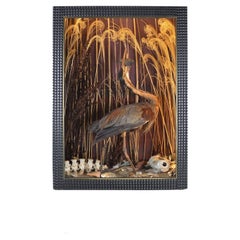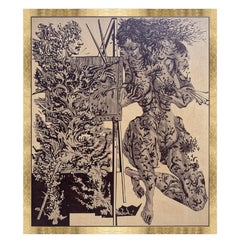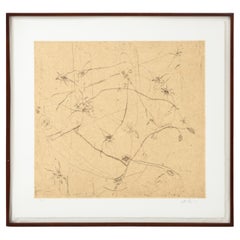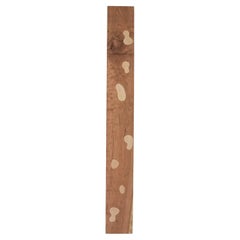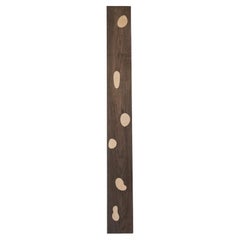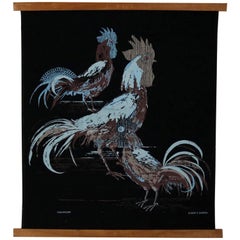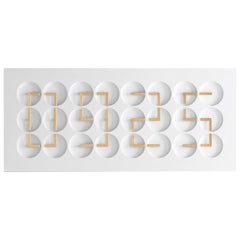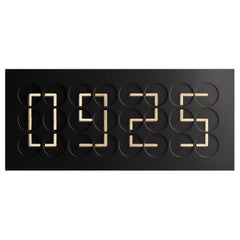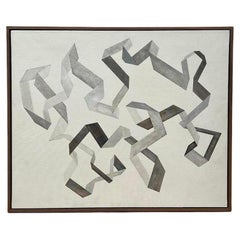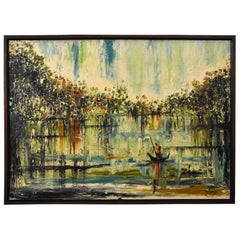Walnut Contemporary Art
2010s American Victorian Walnut Contemporary Art
Brass
2010s Chinese Organic Modern Walnut Contemporary Art
Gold Leaf
20th Century American Mid-Century Modern Walnut Contemporary Art
Paper, Walnut
21st Century and Contemporary European Walnut Contemporary Art
Beech, Walnut
21st Century and Contemporary European Walnut Contemporary Art
Beech, Walnut
Mid-20th Century Mid-Century Modern Walnut Contemporary Art
Textile, Walnut
21st Century and Contemporary Brazilian Walnut Contemporary Art
Walnut, Paint
2010s German Walnut Contemporary Art
Brass
21st Century and Contemporary Walnut Contemporary Art
Walnut
21st Century and Contemporary American Walnut Contemporary Art
Walnut
2010s American Other Walnut Contemporary Art
Crystal, Malachite, Onyx, Lapis Lazuli, Quartz, Stone, Pyrite, Tourmalin...
Mid-20th Century North American Mid-Century Modern Walnut Contemporary Art
Walnut
21st Century and Contemporary Swedish Walnut Contemporary Art
Composition, Gold Plate
2010s Swedish Walnut Contemporary Art
Composition, Gold Plate
21st Century and Contemporary American Modern Walnut Contemporary Art
Wool, Cotton
20th Century French Walnut Contemporary Art
Silk, Giltwood
19th Century Antique Walnut Contemporary Art
Wood
2010s Portuguese Modern Walnut Contemporary Art
Paper
Mid-20th Century American Mid-Century Modern Walnut Contemporary Art
Paint, Canvas
1960s American Mid-Century Modern Vintage Walnut Contemporary Art
Paper
2010s Welsh Walnut Contemporary Art
Wood
20th Century American Modern Walnut Contemporary Art
Paint, Paper
2010s Welsh Walnut Contemporary Art
Wood
2010s Welsh Walnut Contemporary Art
Wood
21st Century and Contemporary American Modern Walnut Contemporary Art
Canvas, Acrylic, Walnut
Mid-20th Century American Mid-Century Modern Walnut Contemporary Art
Walnut, Paint
2010s Austrian Organic Modern Walnut Contemporary Art
Glass, Art Glass, Walnut
Early 2000s American Expressionist Walnut Contemporary Art
Walnut, Canvas
1980s Unknown Vintage Walnut Contemporary Art
Canvas, Acrylic, Walnut
1980s Unknown Vintage Walnut Contemporary Art
Canvas, Walnut
2010s American Walnut Contemporary Art
Walnut
2010s American Walnut Contemporary Art
Maple, Walnut
2010s American Other Walnut Contemporary Art
Rock Crystal, Agate, Amethyst, Carnelian, Crystal, Jade, Lapis Lazuli, M...
21st Century and Contemporary Lithuanian Modern Walnut Contemporary Art
Brass
21st Century and Contemporary Lithuanian Modern Walnut Contemporary Art
Brass
21st Century and Contemporary Lithuanian Modern Walnut Contemporary Art
Brass
Read More
In Francks Deceus’s ‘Mumbo Jumbo #5,’ the Black Experience Is . . . Complicated
Despite the obstacles, the piece’s protagonist navigates the chaos without losing his humanity.
This Wolf Kahn Pastel Is the Epitome of Beauty at Its Most Essential
A longtime admirer of Kahn’s work, 1stDibs editorial director Anthony Barzilay Freund explores why it’s relevant now more than ever.
How Keith Rivers Went from NFL Linebacker to Blue-Chip Art Aficionado
The former football player is as serious about becoming a great contemporary-art patron as he once was about making tackles. Here, Rivers tells us how he got the collecting bug and how his tastes have evolved over the years.
More Than Ever, the Female Design Council Is Embracing Funked-Up Creativity
The organization's "Womxn’s History Month" collection celebrates female-identified creators pushing the boundaries of technique and material.
This New Orleans Antiques Dealer’s Stylish Home Doubles as Her Art Studio
A former lawyer, Karina Gentinetta has achieved second-act success as a furniture gallerist and painter.
Get to Know the Artists Who Led the Op Art Movement
In the 1960s and '70s, the hypnotic creations of Op artists went mainstream and influenced the look of pop culture.
